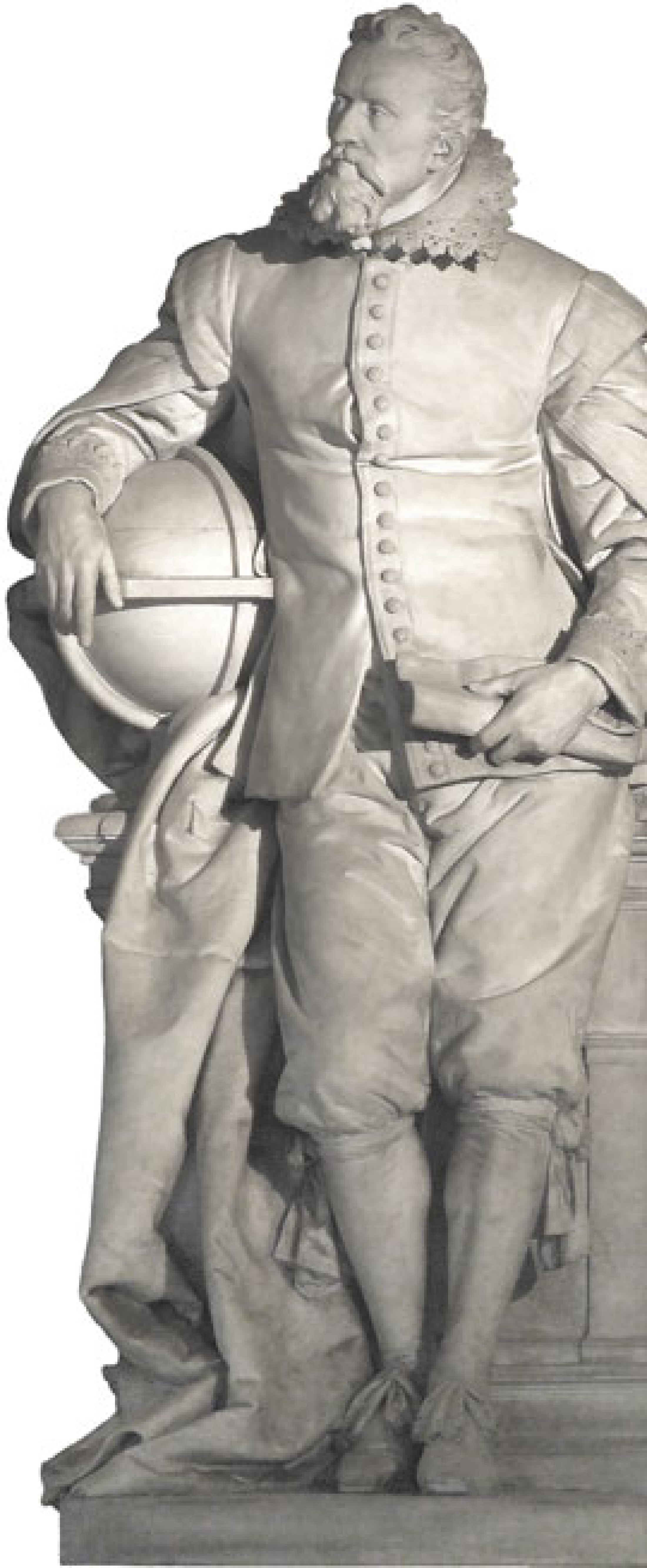Expedition to the Brazilian Rainforests
To mark the marriage of his daughter Leopoldine to the heir to the Portuguese throne, Dom Pedro, Emperor Franz II organized an expedition to her new home country of Brazil in 1817. Two Austrian frigates accompanied the archduchess on her journey to Rio de Janeiro.Those taking part in the expedition, carried out under the scientific direction of the head of the history collection, included the researchers Johann Mikan and Johann Emmanuel, as well as the taxidermist Johann Natterer and the landscape painter Thomas Ender. The expedition was planned to last two years and aimed to collect all plants, animals, and minerals of scientific interest and bring them back to Vienna.
The tropical climate took its toll on the participants. A number had to travel home early due to unknown diseases. Johann Natterer was the only member of the expedition to stay on longer than planned – all in all he spent 18 years in the rainforests of South America. During his long and often hazardous research trips he collected huge numbers of exotic animals, plants and minerals for the natural history collections and had them shipped back to Vienna.
There was not enough space in the Imperial Palace for all these objects, so it was decided to create a temporary Brazilian Museum.
The Novara sails the Globe
The most ambitious Austrian expedition was carried out by the SMS Novara, a frigate which sailed the world between 1857 and
1859. The scientific responsibility for this expedition was shared by the Academy of Sciences and the Geography Society. The
man behind the project was Archduke Ferdinand Maximilian, Commander in Chief of the Austrian Navy. It was he who provided
the converted frigate under the command of Commodore Bernhard von Wüllerstorf-Urbair. Ferdinand Maximilian was not only closely
involved in preparing the expedition, he also wanted to join the expedition himself but was prevented from doing so by illness.Among the advisors was none other than the famous naturalist and researcher Alexander von Humboldt. Many well-known scientists took part in the two-year journey, including the geologist Ferdinand von Hochstetter (who would go on to become the first director of the Natural History Museum), ethnologist Karl von Scherzer and zoologist Georg Ritter von Frauenfeld. The entire journey was documented in hundreds of sketches and paintings by the landscape artist Josef Selleny. The scientists returned home with a vast haul of minerals, animals, plants and items of ethnological interest. By this time there was simply no more space left to store these new items. It took decades to sort through and catalogue the objects. Even today researchers continue to make new discoveries using the objects brought back from this expedition.
The Tegetthoff travels into the Ice
The last significant research expedition of the 19th century was the Tegetthoff North Pole Expedition (1872 – 1874) led by
Julius von Payer and Carl Weyprecht. On August 30, 1873 the participants on board discovered Franz Joseph Land. Payer describes
this incredible moment:It was around midday. We were leaning over the ship’s side and staring into the fog when bit by bit the sunlight broke through. All of a sudden, a patch of hazy light fell on a craggy rock face to the north-west. Within a few minutes the fog had cleared to reveal a glistening alpine landscape. At first we all stood together in shock and awe; then, as our incredible fortune dawned upon us, we began to scream and holler: “Land, land – finally land!”
With the Tegetthoff at risk of breaking up under the pressure of the ice, the members of the expedition were forced to leave the ship. On May 20, 1874 they began their long retreat to the south, transporting their equipment and provisions on sleds and boats. Before departing, they left behind four bottles, each containing a letter, on four different icebergs. Their aim was to ensure that the world learnt of their discovery even if they failed to return home alive. One of these messages was indeed found almost 50 years later by members of a Norwegian expedition.
Despite many sacrifices and great danger, the scientists returned to Vienna with both their invaluable travel journals and observations of the landscape, as well as a number of natural history items of interest welded into metal cases.


